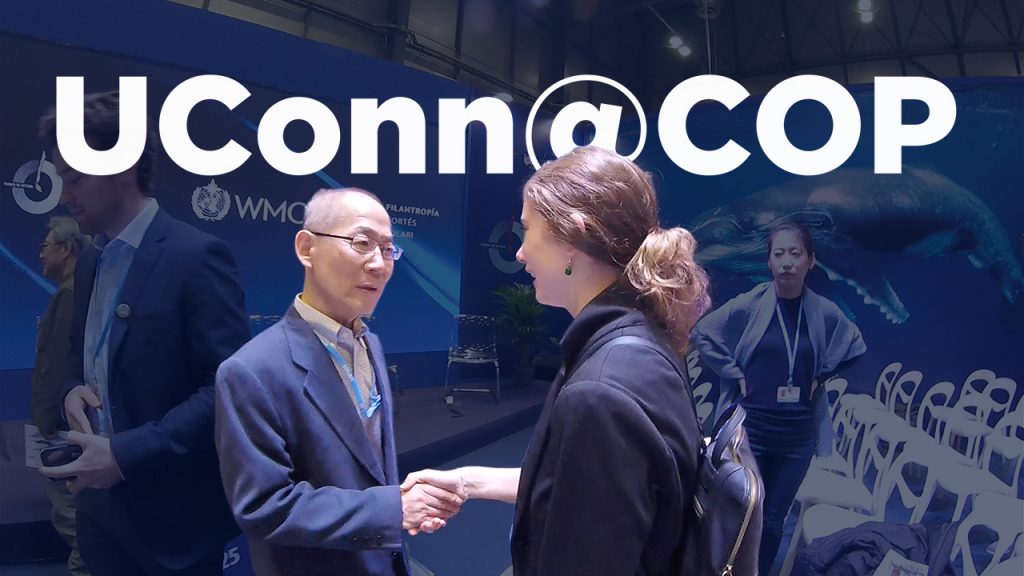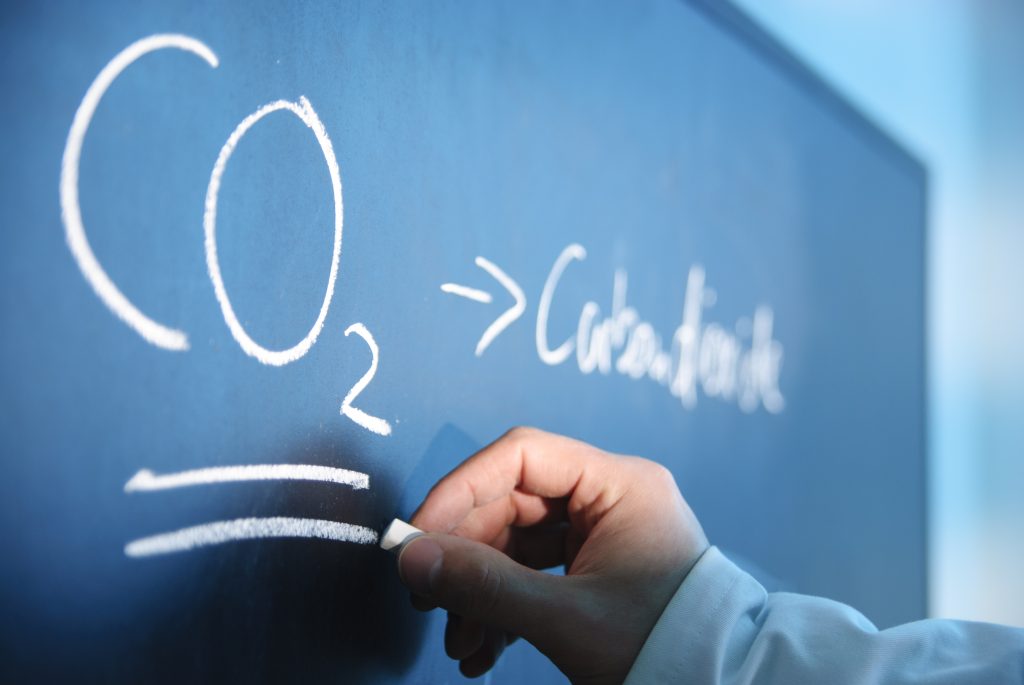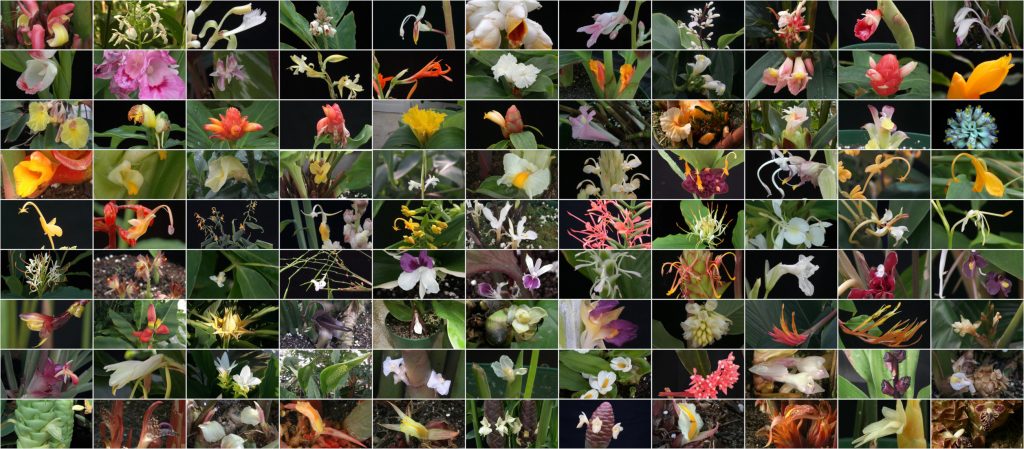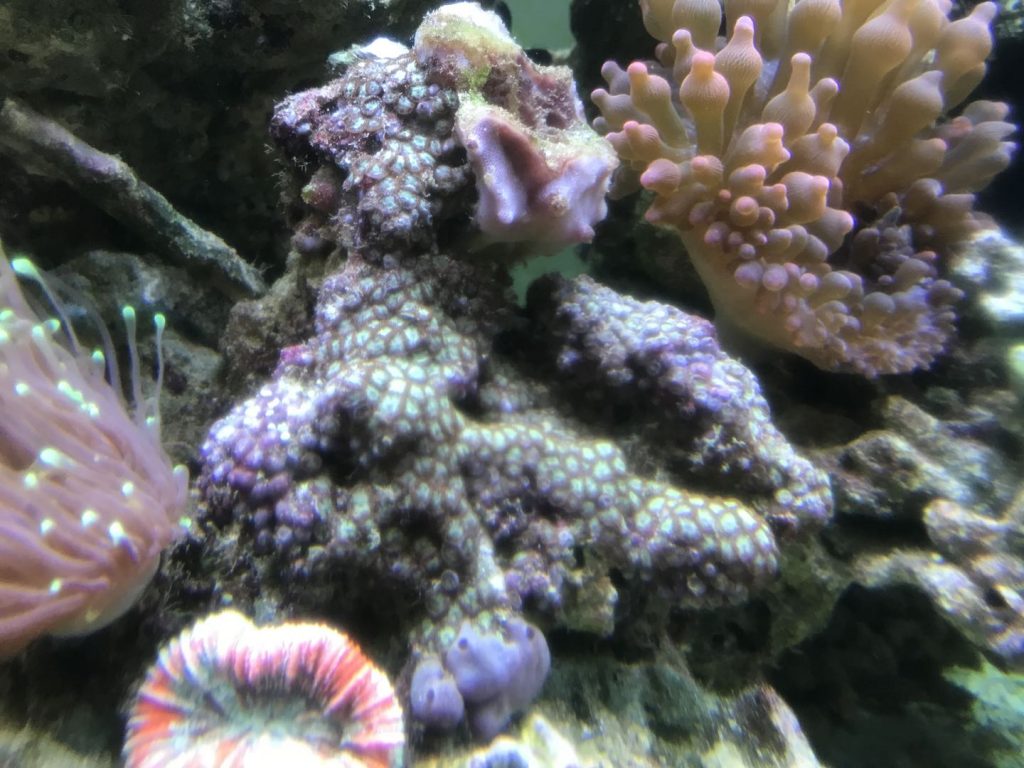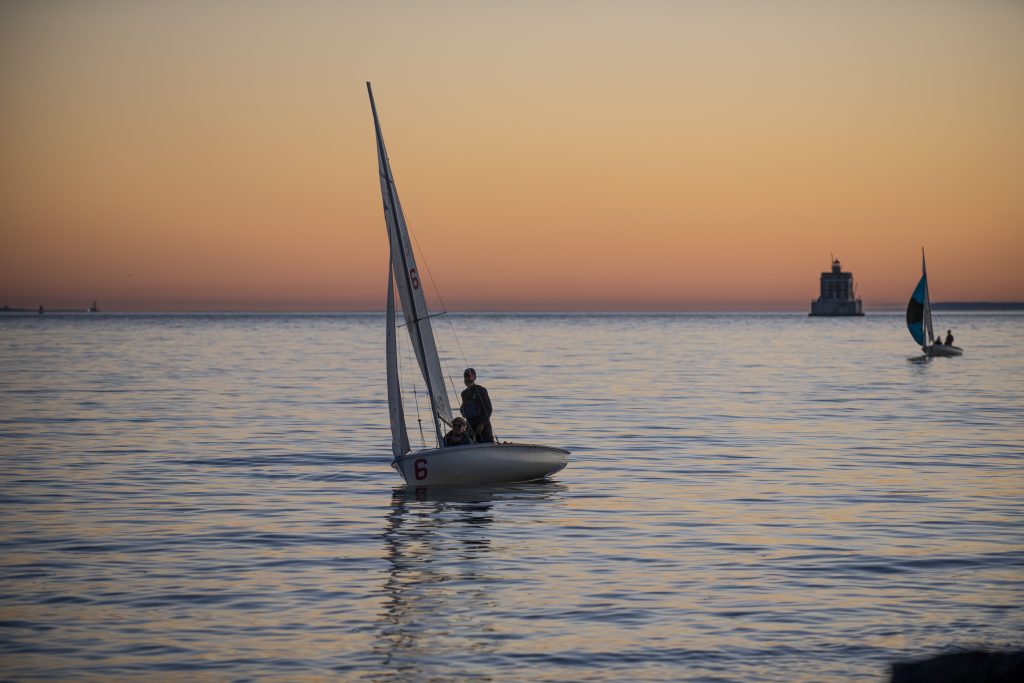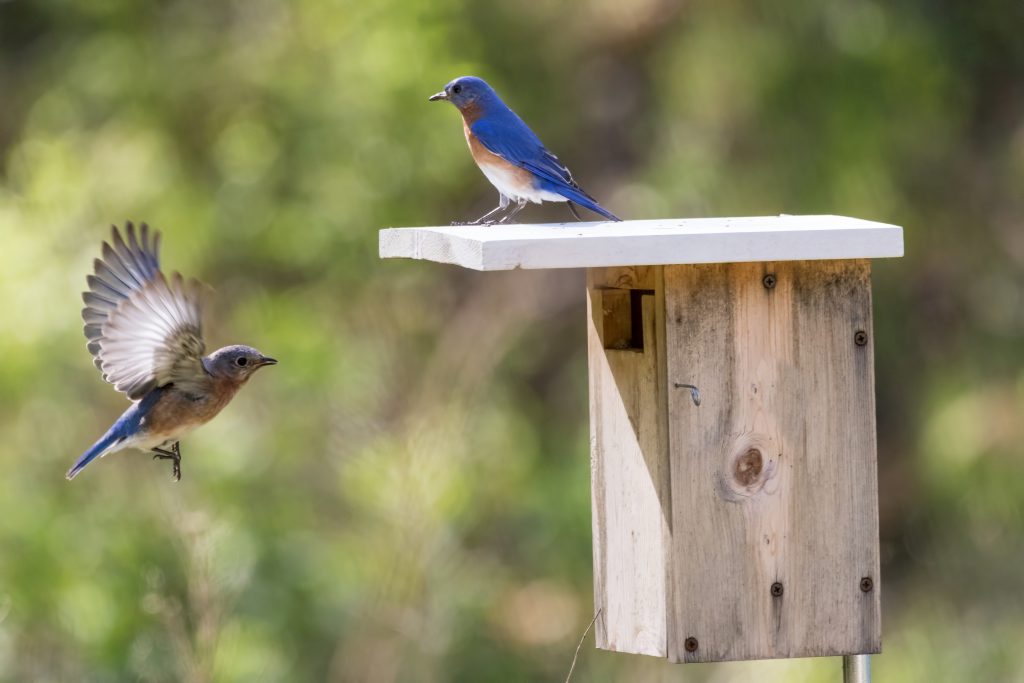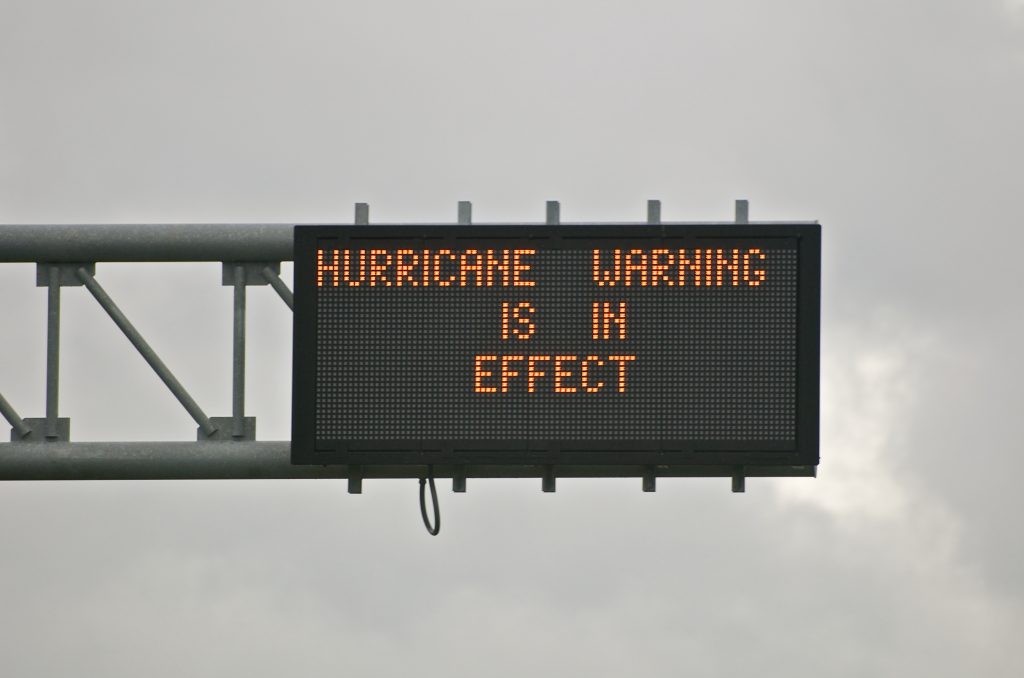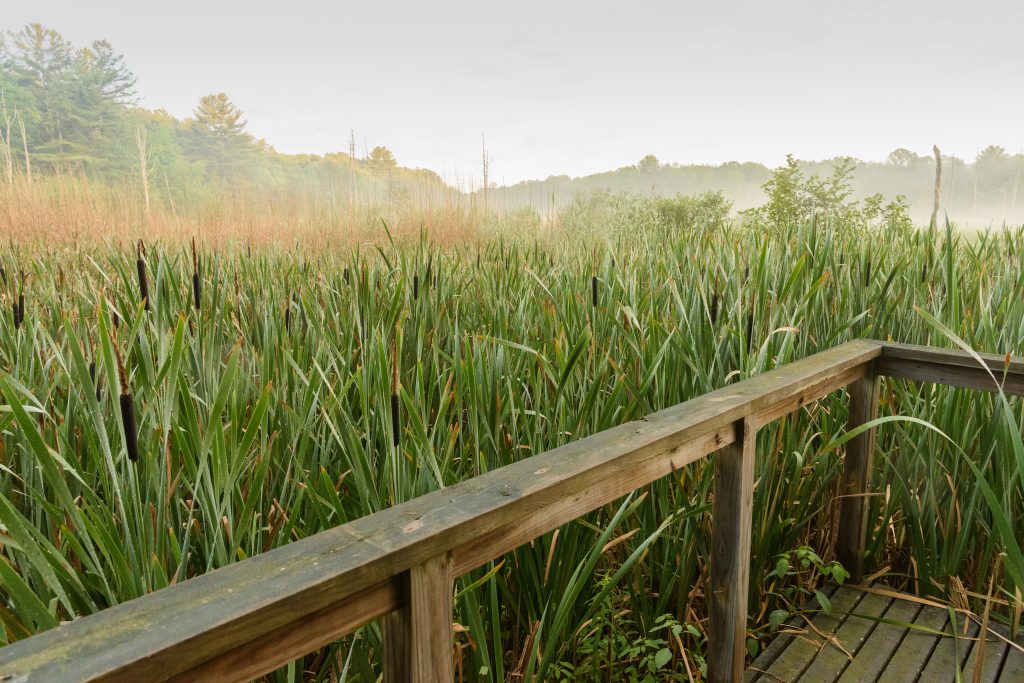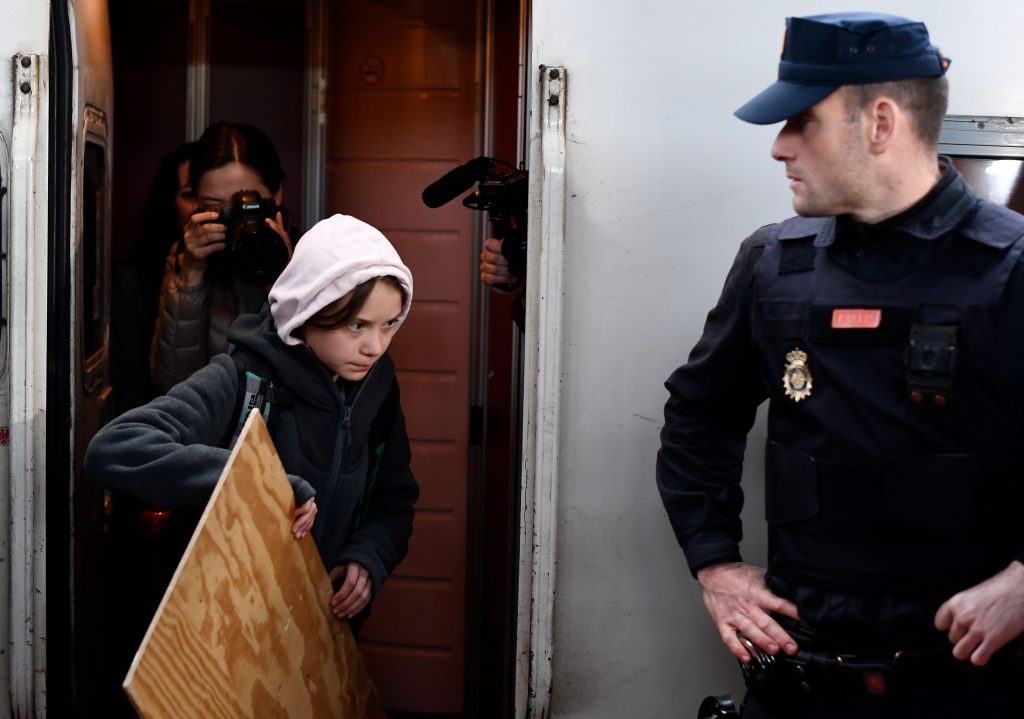Sustainability
UConn Students Participate in Global Climate Change Forum
A video documents how the 2019 UN forum on climate changed has influenced UConn students.
April 3, 2020 | Combined Reports
UConn Joins National Teaching Effort to ‘Solve Climate By 2030’
UConn will participate in a nationwide online education effort April 7 to help teachers design classes around climate issues.
March 25, 2020 | Elaina Hancock
Gingermania! UConn Now Home to Major Collection of Ginger Relatives
Gingermania is running at wild at UConn, thanks to an enormous donation of plant species by a Smithsonian scientist.
March 10, 2020 | Combined Reports
UConn Research Shows Microplastics Are Damaging to Coral Ecosystems
A UConn researcher says microplastics present a significant threat to the health of coral reefs.
March 5, 2020 | Elaina Hancock
Understanding Long Island Sound’s ‘Dead Zones’
A new study by UConn researchers offers valuable insight into the summertime "dead zones" of Long Island Sound.
February 5, 2020 | Elaina Hancock
Feeding Bluebirds Helps Fend Off Parasites
Feeding the bluebirds in your yard doesn't only ensure a colorful avian display outside your window - it can also help baby birds fend off blood-sucking parasites.
February 4, 2020 | Elaina Hancock
Report Emphasizes Importance of Communication in Climate Change Resilience
Effective communication is essential for community resilience in the face of the effects of climate change, a new study finds.
January 21, 2020 | Elaina Hancock
UConn Ranked No. 11 in Sustainability University Rankings
UConn is just one of two United States institutions to be ranked in top 20.
January 8, 2020 | Stephanie Reitz
Battling Climate Anxiety with Knowledge
A new course at UConn aims to explore and define what it means to be alive in a new geological epoch, the Anthropocene.
December 10, 2019 | Elaina Hancock
Finding Courage in Madrid: A Personal Reflection
UConn Professor Mark Urban reflects on what's changed - and what hasn't - in five years of attending United Nations climate conferences.
December 9, 2019 | Mark Urban, Department of Ecology and Evolutionary Biology
